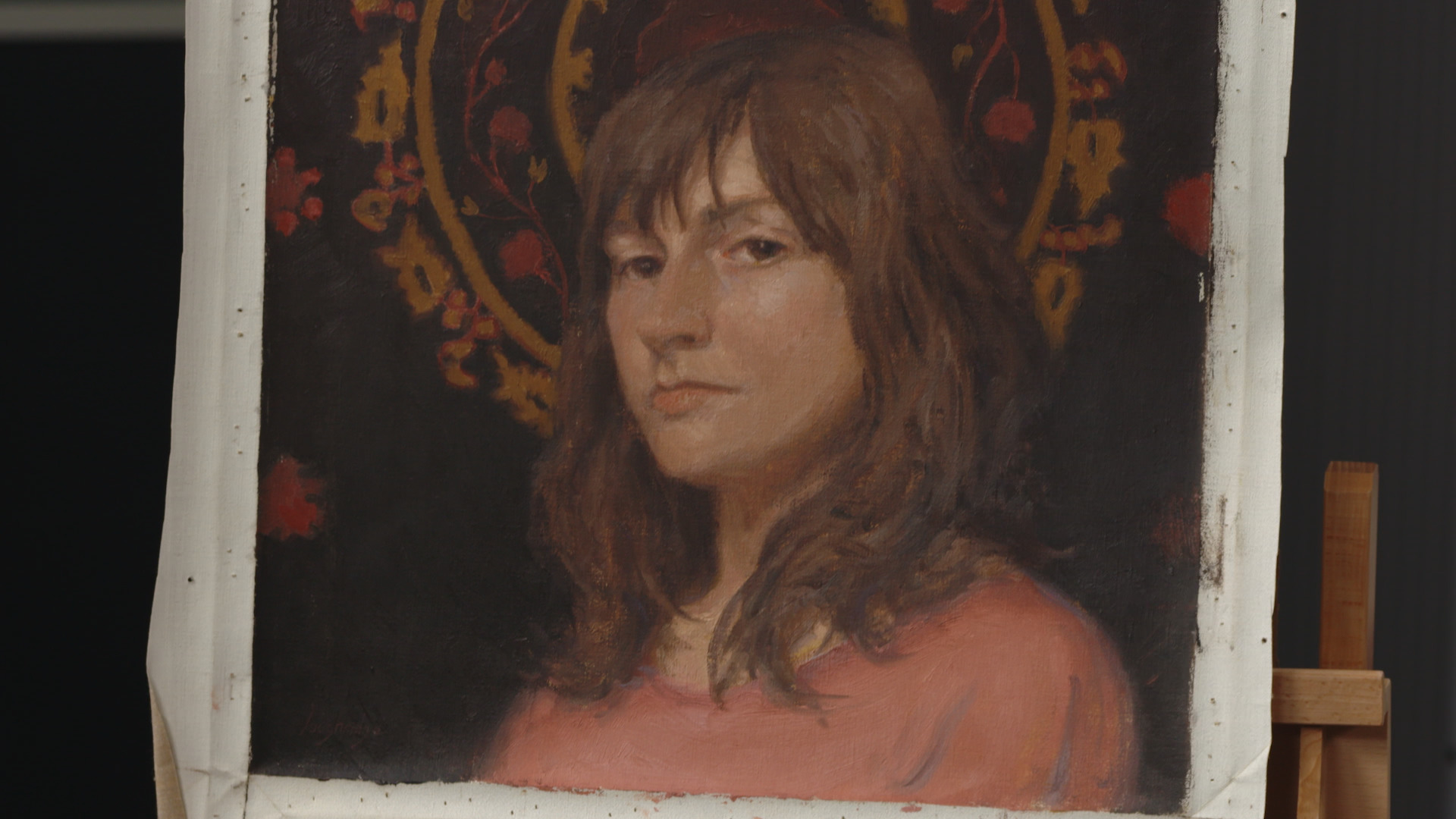
Portrait painting is a challenging but rewarding genre that requires a deep understanding of human anatomy, expression, and composition. Here are some simple tips to help you improve your portrait painting skills.
1. Study Human Anatomy
Before you get started, it is important to understand the underlying structure that creates the human body. Studying human anatomy and how it creates shapes and movements on the body will help you create more believable portraits. Study bones, muscles, and proportions to accurately depict the human form. Once you’ve got an understanding of body composition and structure, practice painting or drawing from life! The more you draw from live models, the better you’ll become at understanding human anatomy in three dimensions. Live models help you understand all angles of the human body as well as the interplay with light and shadow.
You can alternatively use photographs, but painting a live model offers a unique and dynamic experience that cannot be replicated. While photographs offer a static reference, the interaction and connection with a live model can lead to more expressive and personalized portraits, ultimately resulting in a deeper and more meaningful artistic experience.
Related video: Portrait Drawing: Live Models vs. Photos
2. Capture Expression
Take time to observe faces closely. Pay attention to the subtle nuances in a person’s facial expressions. Notice the position of the eyebrows, the shape of the mouth, and the tilt of the head. Think about how all parts of the face create an expression and work on understanding the nuances that make faces look more realistic. There are two things that can help you achieve this as you practice:
• Consider the context: Think about the person’s personality, mood, and the situation they are in. This will help you choose the appropriate expression to convey their character.
• Practice exaggeration: Sometimes, exaggerating an expression can make it more striking and memorable. However, be careful not to overdo it.
Related videos that might be helpful:
Facial Structure
How to Define Mass, Proportion & Features in Portraits
Rendering the Nose
Rendering the Eye
Rendering the Neck
Rendering Hair
Rendering an Ear
3. Master Composition
If you are beginner portrait artist, create some guidelines for yourself with the rule of thirds. The rule of thirds is a fundamental compositional guideline in photography and other visual arts. It suggests dividing an image into nine equal parts using two horizontal and two vertical lines. The intersections of these lines are considered strong focal points where elements can be placed to create a more visually interesting and balanced composition. This is because our eyes tend to be drawn to these intersections, and placing elements off-center can create a more dynamic and balanced composition than centering them. Setting these guidelines can help you lay out your portraits in a way that is simple to understand.
4. Experiment with Color
Take the time to understand color theory, especially with whichever medium you choose. The way colors and pigments interact is not always as straightforward as you’d think. Whether you choose oils, watercolors, or acrylics, make a color wheel! Lay out all your paints understand each true pigment, while mixing every combination possible. You might be surprised by what you learn! After you master the mixing, practice layering your colors as well. Layers help build intensity and create more complex and pleasing palettes.
Additionally, color can be a powerful tool for conveying emotion. For example, warm colors can suggest happiness and energy, while cool colors can evoke sadness or calmness. Think about how your lighting will affect the mood of your painting and the colors you use. If you want, choose a slightly altered palette to convey a particular emotion.
Related video: Painting Portraits: Mixing Warm & Cool Colors for Skin Tone
Painting Portraits: Skin Tone, Age & Gender
5. Practice Regularly
Consistency is key! The more you paint, the better you’ll become. Set aside time each week to practice portrait painting and you’ll gain confidence in no time! Additionally, seek feedback on your work. Share your work with other artists or join a painting group. Constructive criticism can help you identify areas for improvement.
Artist’s Academy has a variety of portrait videos to check out! Learn more:
Setting The Portrait
Finishing a Pencil Portrait Drawing
Method On the Portrait
Share tips, start a discussion or ask other students a question. If you have a question for the instructor, please click here.
Already a member? Sign in
No Responses to “Easy Portrait Painting Tips for Beginners”